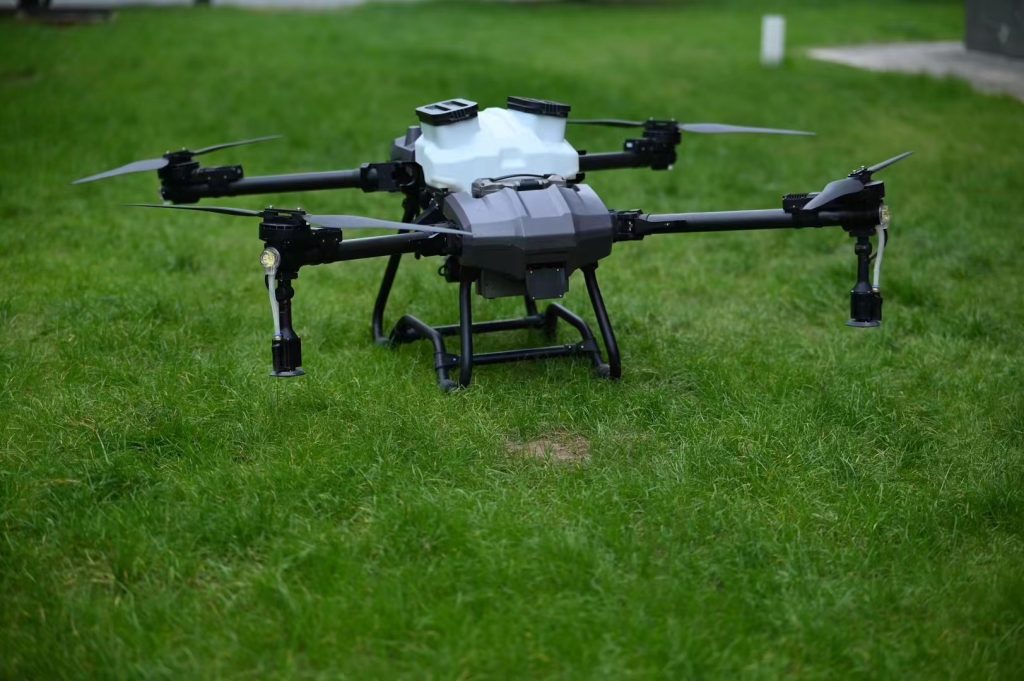
From Prague to the Fields: How Chinese Agricultural Drones Are Elevating Czech Farming
In the heart of Central Europe, the Czech Republic’s agricultural sector thrives on its rich soil, diverse climate, and centuries-old farming traditions. Yet, like many EU nations, it grapples with modern pressures: a shrinking rural workforce, rising input costs, and the urgent need to meet sustainability targets under the EU Green Deal. Enter a quiet revolution sweeping across Czech fields: the rise of Chinese agricultural drones, bridging cutting-edge innovation with local needs to redefine how Czech farmers work smarter, not harder.
The Call for Change: Czech Agriculture’s Next Chapter
Czech agriculture is a cornerstone of the national economy, producing everything from wheat and barley to hops, sugar beets, and world-renowned wines. But its strength hides vulnerabilities. With nearly 30% of farm workers over 55, labor shortages threaten seasonal tasks like planting, spraying, and crop monitoring. Meanwhile, EU regulations demanding stricter limits on chemical use and lower carbon emissions are pushing farmers to adopt precision tools—or risk falling behind.
Traditional methods, such as manual spraying or tractor-based operations, struggle to keep pace. They’re slow, prone to over-application of inputs, and ill-suited for uneven terrain, from the flat plains of Bohemia to the rolling hills of Moravia. Here, technology isn’t just an option; it’s a necessity.
Why Chinese Drones? A Tailored Solution for Czech Farms
Amid global drone options, Chinese agricultural UAVs have carved out a niche by prioritizing adaptability, affordability, and alignment with European sustainability goals. What makes them stand out for Czech farmers?
1. Built for Czech Terrain, Big and Small
China’s drone industry grew from serving its own vast and varied farmlands—rice terraces, mountainous regions, and sprawling plains. This experience translates into machines built for complexity. Czech farms, with their mix of large cereal fields and intimate vineyards, benefit from drones equipped with terrain-following sensors, adjustable flight heights, and anti-turbulence stabilizers. Whether gliding over flat wheat fields or navigating Moravian slopes, these UAVs maintain precision, avoiding collisions and ensuring even coverage.
2. Cost-Effective Power for All Farm Sizes
While some European-made drones come with premium price tags, Chinese models deliver robust performance at accessible rates. A mid-tier drone, capable of covering 12–18 hectares per hour with a 25-liter spray tank, fits within the budgets of both large agribusinesses and family-owned plots—the lifeblood of Czech agriculture. This affordability accelerates adoption, letting smaller farms compete with larger operations by slashing labor and input costs.
3. Sustainability at the Core, Aligned with EU Goals
The EU’s push to cut pesticide use by 50% by 2030 resonates deeply with Chinese drone design. Equipped with multispectral cameras and AI-driven analytics, these UAVs map crop health in real time, identifying pest hotspots or water stress before they spread. Farmers can then target treatments, reducing chemical use by up to 35%—a win for both profit margins and the environment. Many models also run on electric batteries, cutting emissions and noise pollution, a boon for rural communities and eco-sensitive regions like South Moravia’s vineyards.
From Factory to Field: The Import Journey Made Smooth
Bringing Chinese agricultural drones to the Czech Republic requires precision—both technical and logistical. Reputable exporters collaborate with EU-certified partners to ensure compliance with CE marking, radio frequency regulations, and safety standards. Local distributors often provide on-the-ground support: training for pilots, maintenance workshops, and customer service tailored to Czech farmers’ workflows.
Early adopters are already seeing results. In the Central Bohemian Region, a family-run hop farm reported a 40% drop in fungicide costs after switching to drone spraying. “Drones reach every corner of our hilly fields, and we no longer waste chemicals on healthy plants,” said the farm manager. In Moravia, vineyard owners praise the drones’ ability to monitor canopy density, adjusting irrigation and nutrient delivery to boost grape quality—a critical edge for their premium exports.
A Partnership for Progress
This collaboration is more than a trade deal; it’s a fusion of Chinese innovation and Czech agricultural expertise. Chinese manufacturers gain insights into European farming nuances, refining their drones for global markets. Czech farmers, meanwhile, gain access to tools that let them preserve tradition while embracing the future.
As one Moravian farmer put it, “These drones aren’t replacing us—they’re giving us back time to focus on what matters: growing the best crops, sustainably.”
Looking ahead, the story of Chinese drones in the Czech Republic is one of shared growth. With each flight over a Czech field, these machines are not just spraying crops or mapping terrain—they’re sowing the seeds of a smarter, greener agricultural legacy. For China’s drone factories and Czech farmers alike, the sky’s the limit.
THE END

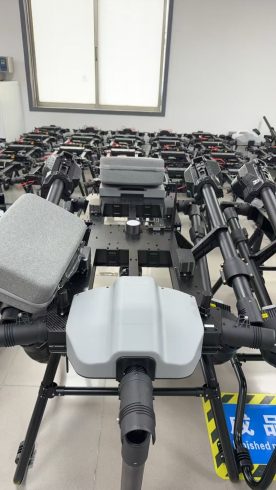
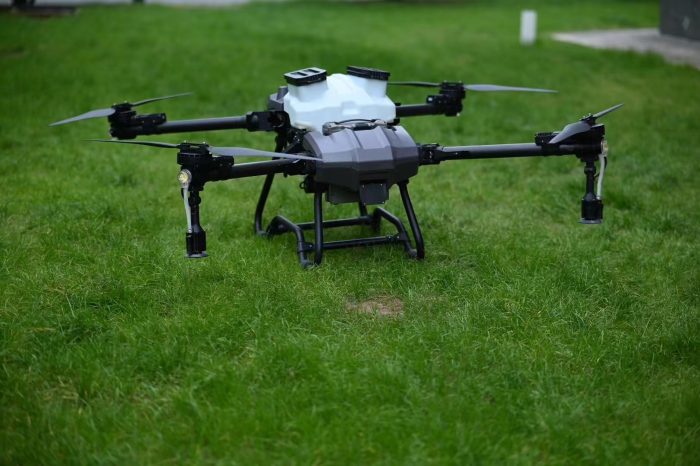

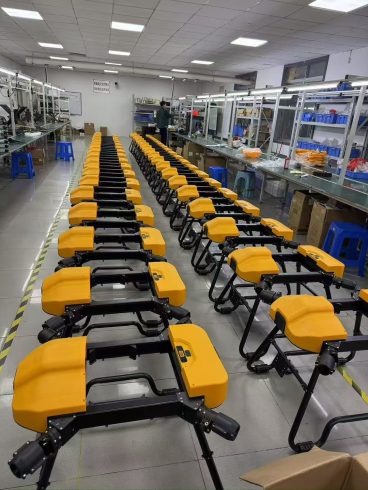
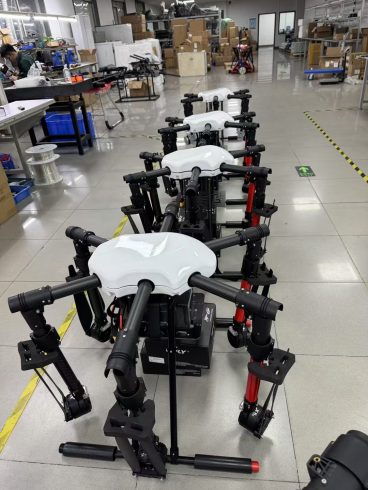

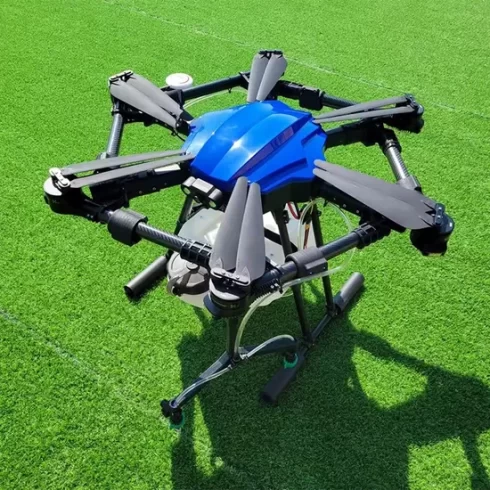


暂无评论内容